Ten Questions Christians Can’t Answer – Part III
 7) If you believe the creation account in Genesis is allegorical, they why don’t you treat Paul’s epistles in the same way since he references the creation account in Genesis as historical?
7) If you believe the creation account in Genesis is allegorical, they why don’t you treat Paul’s epistles in the same way since he references the creation account in Genesis as historical?
Paul uses the fact of creation throughout his epistles. Here are some examples:
For since the creation of the world God’s invisible qualities—his eternal power and divine nature—have been clearly seen, being understood from what has been made, so that people are without excuse. (Romans 1:20)
By faith we understand that the universe was formed at God’s command, so that what is seen was not made out of what was visible. (Heb 11;3)
Since the person posing the question in this instance isn’t specific about which verses he’s referencing, it’s difficult to know what exactly he’s referring to. Typically, however, the difficulty with the Creation account is whether or not God completed everything in six literal days. Did He create the heavens and the earth in less than a week, or is a “day” nothing more than a literary device describing a timeframe that may have been significantly longer than 24 hours?
Fact is, there’s a great deal of compelling evidence that suggests the earth is not as old as some in the scientific community would have you believe (click here for more reading on that topic). The bottom line is that carbon dating and other traditionally accepted methods of dating fossils etc. are based on the assumption that the observable conditions of the earth have remained unchanged since the very beginning of time. Indeed, the atmospheric conditions were not necessarily the same, which means that carbon dating is not necessarily absolute. While some calibration can be made in order to accommodate the atmospheric anomalies that may have been present at the time, those kind of distinctions can only be identified by whatever may have been documented. In other words, outside the context of recorded history, you have a very subjective landscape to navigate when it comes to dating articles of antiquity beyond a certain point.
On the other hand, when you compare Genesis 1:27 which says that God created both Adam and Eve on the sixth day, to Genesis 2, it looks like the sixth day either had a great deal of activity packed into the daylight hours, or you have more time built into the term “day.”
Our culture is steeped in the notion that we inhabit a planet that is billions of years old. It’s a convenient thought in that you now have a theoretically comfortable timeframe to accommodate natural selection and the fortuitous evolution of life as we know it. While there is a fascinating amount of research that’s been done in terms of dating the earth according to a purely biblical model, which suggests that the earth is nowhere near as old as the champions of evolutionary theory would have our grade school classrooms believe, for the sake of this conversation the only pertinent Truth that needs to be affirmed is the fact that God did, in fact, create the universe.
However one wants to interpret Genesis and the age of the earth, the priority here, as far as the way in which Paul refers to creation, is to simply reinforce the fact that God was the Creative Force behind the origin of the cosmos and that is not allegory, that is the literal Truth.
8) How many donkeys did Jesus ride in His triumphal entry in Jerusalem? Was it one like Mark, Luke and John say, or was it two donkeys like Matthew says?
Matthew 21:2 says:
saying to them, “Go to the village ahead of you, and at once you will find a donkey tied there, with her colt by her. Untie them and bring them to me.
Mark 11:2, Luke 28:30 and John 12:14-15 only mention one donkey.
Jesus wasn’t straddling two donkeys as much as it was Matthew simply mentioning what constituted a complete picture of the prophecy articulated in Zechariah 9:9:
Rejoice greatly, Daughter Zion! Shout, Daughter Jerusalem! See, your king comes to you, righteous and victorious, lowly and riding on a donkey, on a colt, the foal of a donkey. (Zec 9:9)
Chances are excellent since the foal had never been ridden before, let alone paraded around in front a large and noisy crowd, having the mother lead the foal for the sake of psychological support would’ve been a logical move. Dr. Gleason Archer says as much:
The Zechariah passage does not actually specify that the parent donkey would figure in the triumphal entrance; it simply describes the foal as “the son of a she-ass” by way of poetic parallelism. But Matthew contributes the eyewitness observation (and quite possibly neither Mark nor Luke were eyewitnesses as Matthew was) that the mother actually preceded Jesus in that procession that took Jesus into the Holy City. Here agin, then, there is no real contradiction between the synoptic account but only added detail on the part of Matthew as on who viewed the event while it was happening.1
So, the gospel writers do not conflict with one another as much as Matthew is simply providing more detail.
9) Based on the genealogies for Matthew and Luke, who was Joseph’s father?
Luke follows the genealogy of Mary whereas Matthew follows the genealogy of Joseph. Jesus was the legal descendant of Solomon (Matthew’s genealogy [Joseph]) and a blood relative of Nathan (Luke’s genealogy [Mary]). The confusion is clarified when you take the verbiage of Luke 3:23 into consideration.
Now Jesus himself was about thirty years old when he began his ministry. He was the son, so it was thought, of Joseph, the son of Heli, (Lk 3:23)
Luke is qualifying the list he’s getting ready to enumerate by stating up front that, while it was customary to trace a person’s lineage through the line of the father, the virgin birth represents a special situation. Hence the emphasis on Mary. That fact is further reinforced when you consider the original Greek and notice how Luke doesn’t say that Heil “begat” Joseph. Rather, he was Joseph’s father in law.
Joseph was begotten by Jacob, and was his natural son (Matt 1:16). He could be the legal son of Heli, therefore, only by marriage with Heil’s daughter (Mary) and be reckoned so according to law. It does not say “begat” in the case of Heli.2
10) Was Jesus crucified on the first day of Passover, like the gospel of John says? Or the next day like the other three gospels say?
The confusion stems from John 19:14 where it says:
Now it was the day of preparation for the Passover; it was about the sixth hour. And he *said to the Jews, “Behold, your King!” (Jn 19:14 [NASB][emphasis added])
Matthew 27:62-63 says:
Mark 15:42-43 says:
It was Preparation Day (that is, the day before the Sabbath). So as evening approached, Joseph of Arimathea, a prominent member of the Council, who was himself waiting for the kingdom of God, went boldly to Pilate and asked for Jesus’ body. (Mark 15:42-43)
Luke refers to the day that Jesus died in the 24th chapter when he says:
It was Preparation Day, and the Sabbath was about to begin. (Lk 23:54)
“Preparation Day” was the day before the Sabbath, which was a Saturday. The Feast of Unleavened Bread was often referred to as “Passover” because of the way the Passover meal served as the opening ceremony for the Feast.3 So, when John uses the term “day of preparation for the Passover,” he’s not referring to the day before the Passover meal, he’s referring to the day before the Sabbath of Passover week (Feast of Unleavened Bread).
The NCV rendering of the verse makes that fact more evident:
14It was about noon on Preparation Day of Passover week. Pilate said to the crowd, “Here is your king!” (Jn 19:14 [NCV][emphasis added])
In addition, John uses the Greek word “paraskeue” to define the day, which by that point was a technical term that referred to the “day of preparation” for the Sabbath.4 Remember, the Sabbath for the Jew is Saturday and not Sunday. Sunday would later be embraced as the “Lord’s Day” in that it was the day Jesus rose from the grave. So, given everything we’ve now considered, John’s account is consistent with all of the other gospel writers. Jesus was crucified on a Friday and the Last Supper happened on the evening before which was Thursday.
Conclusion
G.K. Chesterton once said, “Christianity has not been tried and found wanting; it has been found difficult and not tried.”
Many of the critics that circulate their jabs at Christianity on the internet occupy a philosophical position that refuses to concede the Reality of a Power and an Intellect that they cannot understand and / or agree with. Their attacks are necessary in order to maintain a distance between themselves and a worshipful demeanor which they refuse to buy into. They have found it “difficult” and decided to deny its substance.
It’s healthy to be able to respond to questions and attacks, but the nature of these kind of conversations goes beyond a mere intellectual exchange. It is a spiritual contest that has to be engaged in a way that’s consistent with Scripture:
The weapons we fight with are not the weapons of the world. On the contrary, they have divine power to demolish strongholds. (2 Cor 10:4)
Know what you believe and why you believe it. Pop the hood on the Word of God and be capable of defending it (1 Pet 3:15). And remember too, that oftentimes there’s a bigger picture that you want to expose. Squabbling over the number and the identity of the women who were at the tomb on the morning of Christ’s resurrection is subordinate to the fact that the tomb was empty. Arguing over the amount of time it took for God to create the heavens and the earth is secondary to the fact that God did, in fact, create the heavens and the earth. Dismissing the whole of Scripture because Matthew references both the donkey and its foal, whereas the other gospel writers mention only the foal, is like arguing over whether or not someone paid a ten dollar invoice using exact change or a twenty dollar bill. The fact is, the debt was paid. The details of Scripture are important, but you don’t ever want to become so absorbed in the minutia of the gospel that you overlook the fact that there’s a tomb out there that was occupied at one point that is now empty. And that empty grave is the Signature of One Who didn’t claim to be a mere messenger of God, but God Incarnate.
There will always be a critic and there will always be a situation where, regardless of how sound your reasoning may be, the spiritual elements that are involved will always see to it that “revelation” will remain seemingly inconsistent with logic (1 Cor 2:12). That’s not a cue to be less than compelling with your argument. But it’s not an argument that will influence a soul, it’s only the Power and the grace of God that makes the difference (John 6:65; 1 Cor 1:18). Again, you don’t want to hide behind a “faith based perspective” that comes across as a decision made despite the facts, but rather as a decision made in light of the facts. Be ready to either answer the question being posed, or be ready to direct them to the myriad of resources that provide the science and the literary tools that address their quandary. But be sensitive to the fact that the moment the Name of Jesus is spoken, you’re no longer contending with purely academic themes. The parameters have been expanded and the stakes have been dramatically increased. You can be as compelling and as accurate as you want and still be found wanting. Not because of the substance of your argument, but because of the implications represented by your argument. Should God be perceived as credible, it’s no longer a debate. Now it’s a soul-altering encounter and the forces referenced in Ephesians 6:12 will do everything they can to prevent that kind of dynamic.
So, be ready, but be wise and not just smart. It’s the Power of God in you that makes the difference and ensures that the outcome of your exchange is not just a willingness to agree with what’s in the Bible, but a desire to submit to the One Who authored it.
1. “Encyclopedia of Bible Difficulties”, Zondervan Publishing House, Grand Rapids, MI 1982, p334
2. “The Companion Bible”, E.W. Bullinger, http://www.heavendwellers.com/38%20Luke%201427-1509.pdf, accessed on May 19, 2015
3. Feast of Unleavened Bread..Passover. “Passover” was used in two different different ways: (1) a specific meal begun at twilight on the 14th of Nisan (Lev 23:4-5), and (2) the week following the Passover meal (Eze 45:21), otherwise know as the Feast of Unleavened Bread, a week in which no leaven was allowed (Ex 12:15-20; 13:3-7). By NT times the two names for the week-long festival were vitally interchangeable. (NIV Text Note: “NIV Study Bible”, Zondervan Publishing House, Grand Rapids, MI, 1985, p1582)
4. “Encyclopedia of Bible Difficulties”, Zondervan Publishing House, Grand Rapids, MI 1982, p375
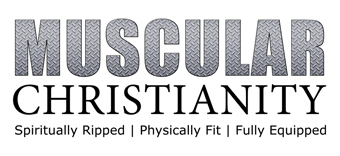


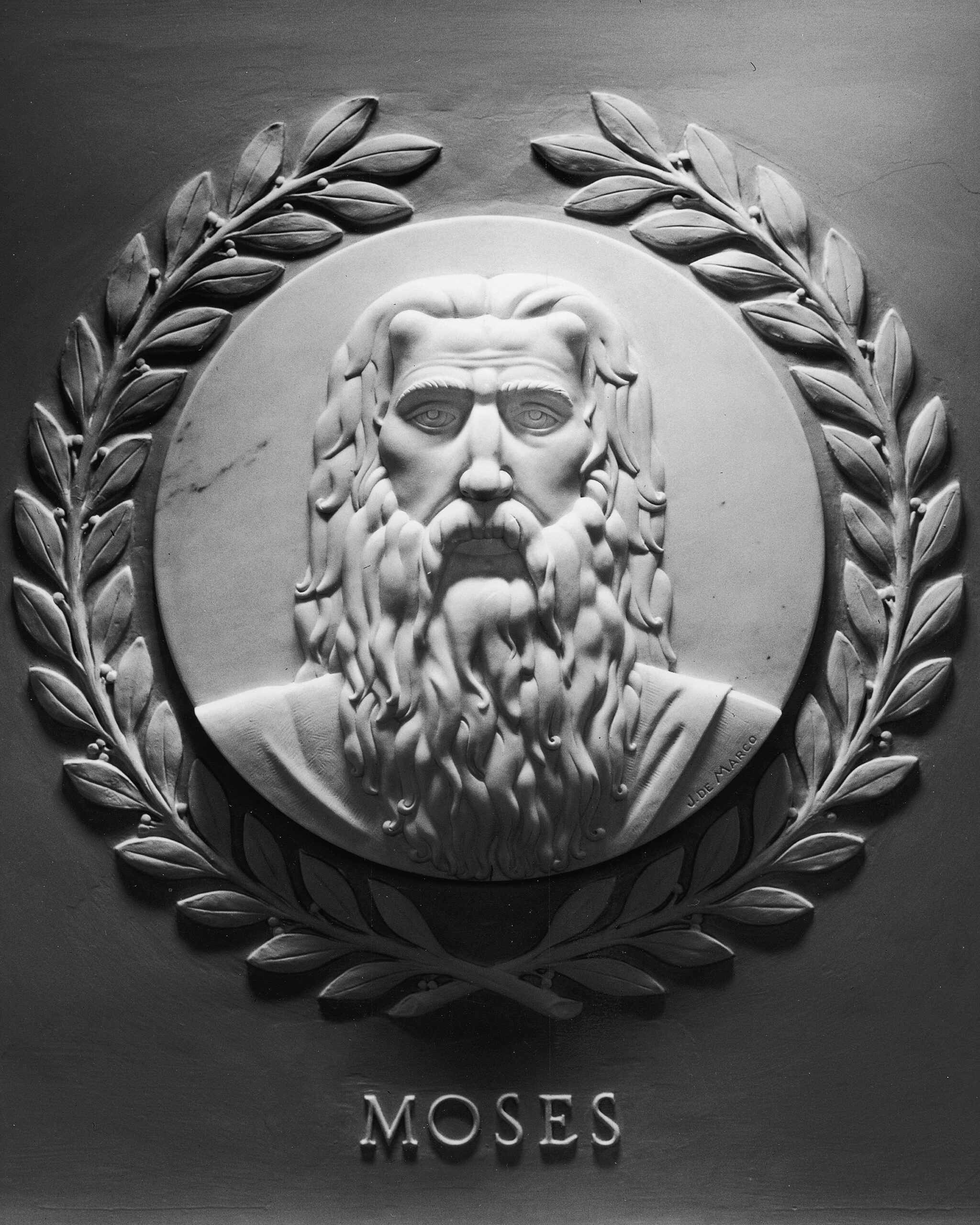

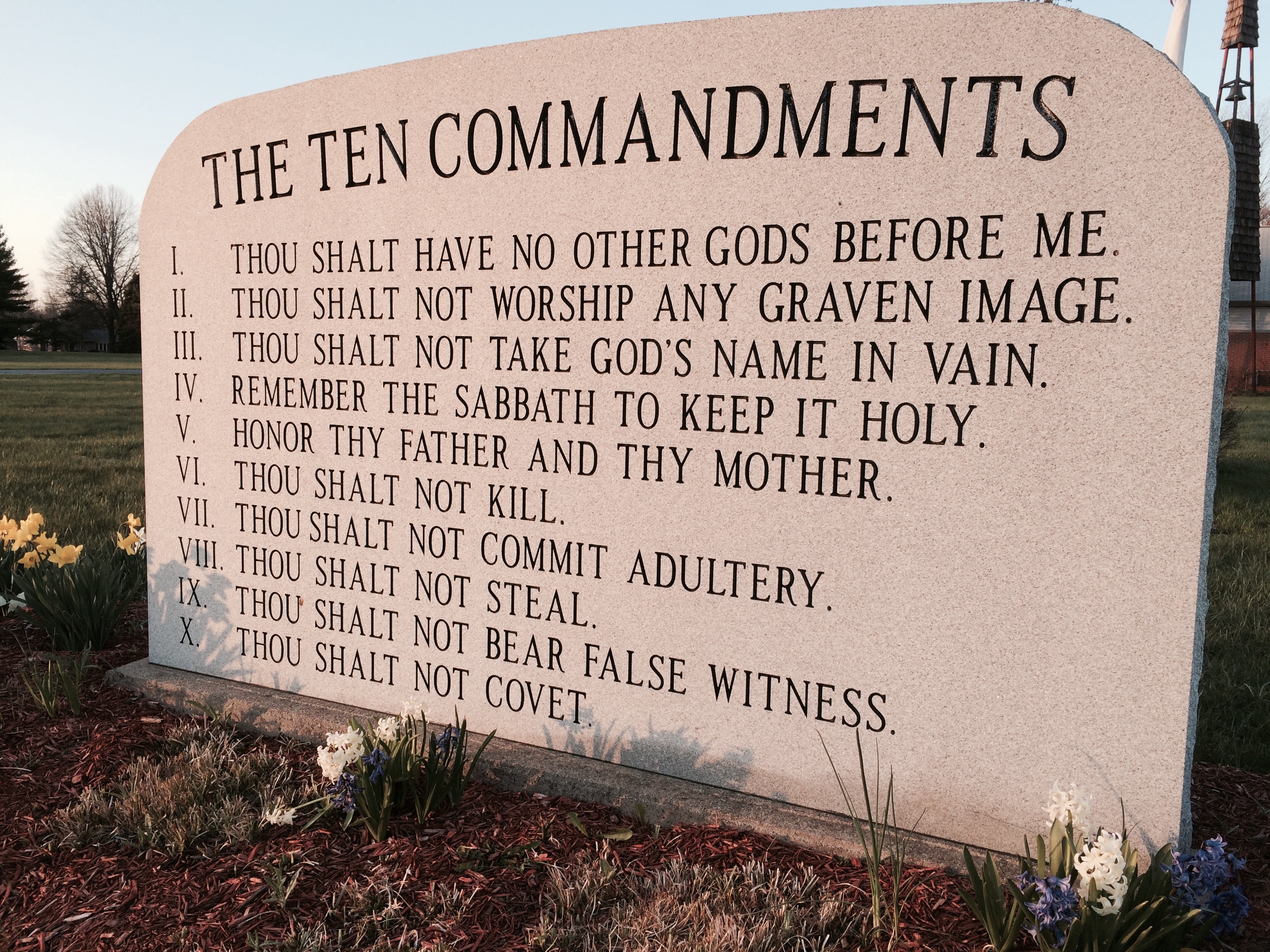



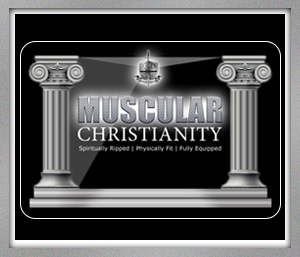



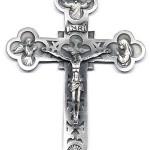
Leave a Reply
Want to join the discussion?Feel free to contribute!